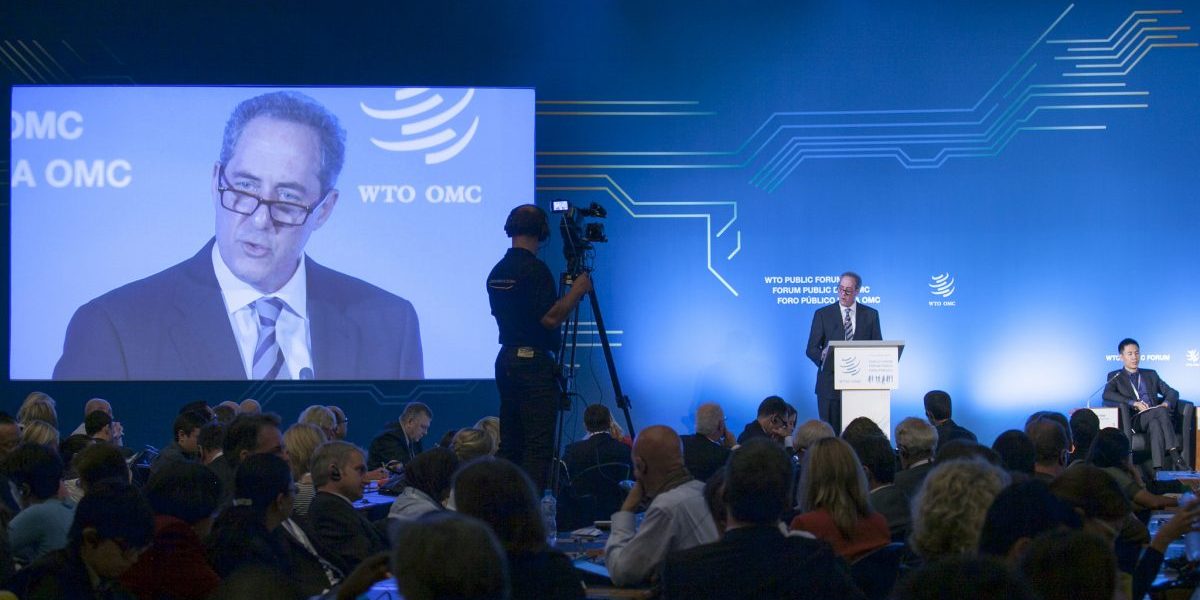The consequences of failing to achieve a Doha round agreement would be severe. The multilateral trading system, while imperfect and iniquitous in parts, is worth saving, warts and all. Failure would mean that its key mechanism – international economic negotiations – would have broken down, leading to dissolution of its other key mechanism – dispute settlement – under a rising tide of high-stakes trade disputes. International trade policy would be determined through judicial activism exposing poor countries to the tender mercies of the rich nations.
Wealthy states would be increasingly tempted to bypass (or ignore) the WTO and refocus their trade strategy on the bilateral front. In bilateral negotiations coalition options (such as the successful G20) are sharply limited. Hence developing countries would find themselves under great pressure to sign up to sometimes dubious deals favouring rich-country interests at the expense of their own.
Therefore a “bad deal” is better than “no deal”. It’s not pretty, nor is it fair. But that is the essence of realpolitik – which is the way the world has always worked and always will.
But is the “bad deal” on offer in Doha really so bad?
Pascal Lamy, the WTO’s director-general, identifies a “triangle” requiring resolution in order to unlock the broader round: the US must offer greater cuts to its bound domestic agricultural subsidies and tighter disciplines on their deployment; the EU must offer better tariff and tariff quota access to its agricultural markets; and big developing countries (eg, Brazil, SA, India, China) must offer better tariff access to their industrial goods markets.
Concretely, he argues that the number 20 is central to resolving the impasse: the US must set an annual limit of US$20 billion on its domestic subsidies (the current offer would apparently equate to US$22 billion); the EU must converge to the G20’s proposed deal on agricultural tariffs (amounting to an overall cut in EU tariffs of 54 percent); and in the industrial goods negotiations developing countries should agree on a tariff reduction coefficient of 20 (part of a broader formula reduction to be applied across the tariff regime and capping the maximum bound tariff at 20 percent).
From a developing-country negotiating perspective the politics of this bargain are unfair. The EU and US would keep their elaborate agricultural subsidies with scant reductions in actual expenditures, though there would be some additional access to developed country agricultural markets.
For South Africa the real political problem lies in potentially extensive tariff reductions on industrial products imports. COSATU has vocally opposed this and elements of organised business are shivering in trepidation. These icy political winds are whistling through the corridors of the Trade and Industry Department as it crafts its new “industrial strategy” based on targeting selected economic sectors for policy support – possibly including tariff protection.
But the case for import substitution is flawed: our market is too small to sustain it and the economy is still characterised by widespread inefficiencies. And if we are to promote exports we need access to a vast array of cheaply sourced imported inputs – many of which currently attract tariffs.
Government’s Accelerated and Shared Growth Initiative appropriately targets the country’s high cost structure. But the document’s silence on the role further trade liberalisation could play in driving costs down is puzzling. For our own economic good and that of the multilateral trading system, SA should sign up to a substantial industrial tariff reduction package.
The real action now lies with the so-called G6 group: the US, EU, Brazil, India, Japan, and Australia. They must conclude the core agricultural package. Failure to do so by the end of this month means US negotiators will not be able to submit a package to Congress in time to pre-empt expiration of George Bush’s trade promotion authority next year. Absent such authority, the round will go into the deep freeze until the next US president takes up the challenge of reviving it in an increasingly protection-minded setting.
Gambling the fortunes of the multilateral trading system on such an eventuality would be perilous indeed.








